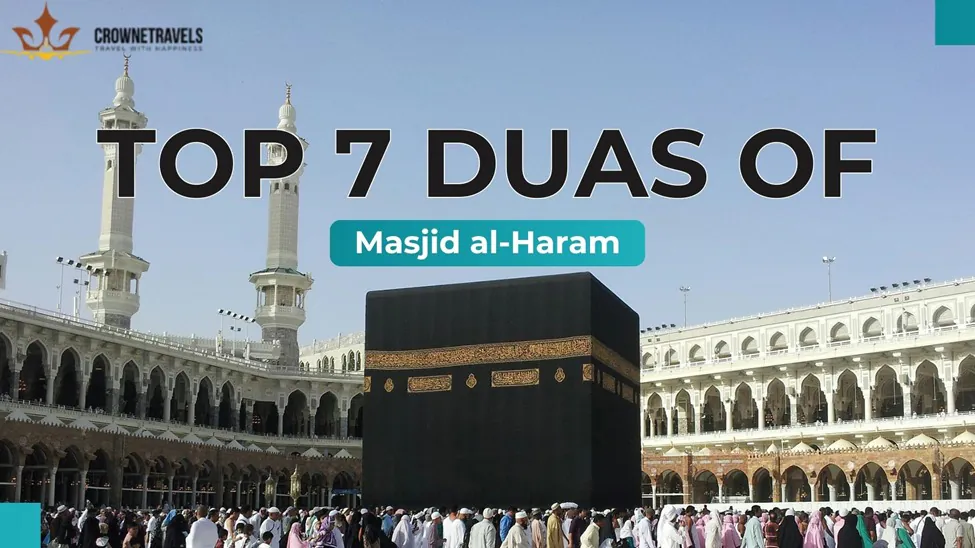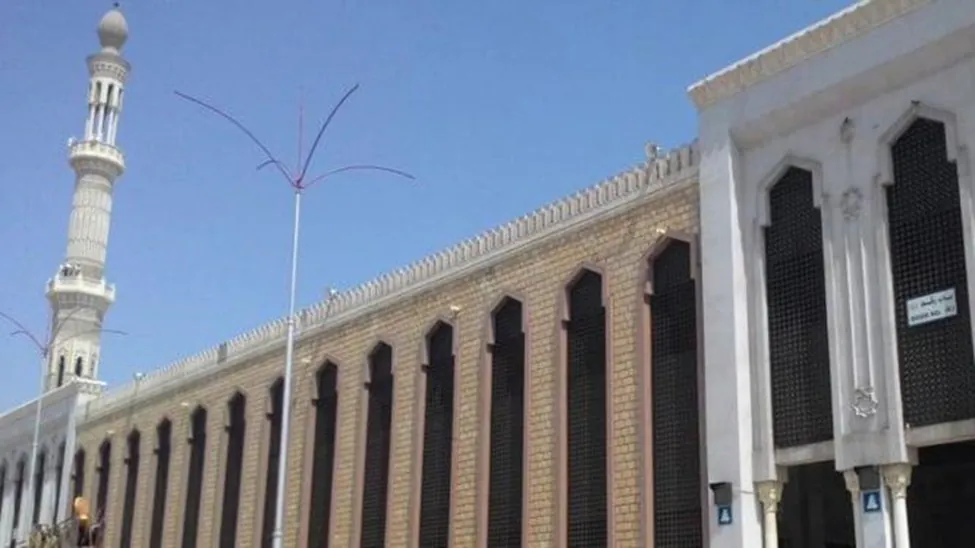Masjid An Nabawi is definitely one of the most important destinations when a spiritual tour is planned to the sacred cities Makkah and Madinah. Being regarded as among the holiest mosques in the Islamic faith, Masjid An Nabawi is an important element in the hearts of millions of Muslims across the world. This article will equip you with a detailed tour of Masjid An Nabawi, its historical importance, beauty as well as its architecture making sure that you know why it is a must see destination of every pilgrim.
Introduction to Masjid An Nabawi
The Prophet Mosque or Masjid An Nabawi is situated in Madinah City of Saudi Arabia. It is the second most sacred mosque of Islam only after the Masjid Al Haram Mosque in Makkah. The Prophet Muhammad (PBUH) himself constructed the mosque in the year 622 CE, on his migration to Madinah which was called the Hijrah. It is a ray of peace, tranquility and holiness. To every Muslim a visit to Masjid An Nabawi is a highly spiritual experience and it gives them a sense of proximity to the Prophet Muhammad (PBUH) and a place to reflect, pray and community. When you want to take this holy journey at a low cost, you can want to consider visiting Cheap Umrah Packages 2025 as a means of achieving your spiritual destiny.
The Historical Significance of Masjid An Nabawi
History Masjid An Nabawi started with the migration of Prophet Muhammad (PBUH) to Madinah where the first building was constructed. Initially the mosque was a small structure constructed out of mud and palm trunks, however, it has been expanded and refurbished many times throughout the centuries to ensure that the space is free to accommodate the increasing number of visitors. Among the most recognizable architectural features of the mosque is the central courtyard, and the well-known Green Dome, the resting site of the tomb of the Prophet Muhammad (PBUH).
One of the main sights of Islam, Masjid An Nabawi is not a simple worshiping spot, it is also a historical and cultural image of the early years of Islam. The mosque of the Prophet has witnessed several significant activities in the history of the Muslim religion such as the creation of the first Islamic state in Madinah. It is today a monumental building to the teachings of the Prophet Muhammad (PBUH).
Architectural Features of Masjid An Nabawi
The Masjid An Nabawi is a building combining the conventional Islamic architecture and the current amenities to provide the visitor to the building with the comfort of peace and spirituality. The Mosque occupies a space of over 400,000 square meters and a congregation of up to one million individuals during the seasonal times like Ramadan.
The green dome placed at the peak of the tomb of Prophet Muhammad (PBUH) is the most distinguishable part of the mosque. This was the original dome built by this Umayyad caliph in respect and veneration of the Prophet. The interior part of the mosque is magnificent with marble flooring, excellent calligraphy and beautiful stained-glass windows that characterize a very peaceful and quiet environment at the mosque.
The second feature that is to be noted is the masbahah or beads which are shown in an exhibition place in the mosque. These prayer beads are closely related to the worshippers who tally the number of times they utter prayers with them and are regarded to be a constituent element and part of the spiritual aura of the mosque.
Visiting Masjid An Nabawi
To most Muslims, visiting Masjid An Nabawi represents the climax of life time devotion and a dream come true. You should definitely plan your visit in the mosque during the holy months of Ramadan and Hajj when the mosque may be flooded with pilgrims who arrived in the world.
Those visiting Masjid An Nabawi are expected to dress modestly and observe all the rules and regulations left by the Saudi authorities. The mosque is free to visitors 24 hours and the times of prayer are common throughout the day. One should also remember to leave the spirituality of the place intact by not talking loudly and engaging in unnecessary activities.
When you find yourself in Masjid An Nabawi, take a moment to meditate, pray and have the profound feeling of peace that you get when you are in such a spiritual contact. The mosque does not only serve the purpose of personal worship, it is also a means of identifying with the Muslim community at large.
Masjid An Nabawi and Its Surrounding Areas
Masjid An Nabawi is located in the heart of Madinah and the location is loaded with historic places, stores, and stores that nourish pilgrims. Another prospect the mosque offers which visitors can pay their respects is the well known Baqi Cemetery where most of the companions of the Prophet are buried. The surroundings of the mosque are also religious and cultural since some pilgrims pay visit to the nearby places during their stay at Madinah.
In addition, there are other amenities like modern hotels, prayer rooms, and transport that are available in the area, all of which make the experience of all pilgrims easy and convenient. Crowne Travels provides numerous travel packages where the tourists visit Masjid An Nabawi and other important sites in Madinah.
The Spiritual Experience at Masjid An Nabawi
The religious experience of the visit to Masjid An Nabawi cannot be overestimated. To most Muslims, the feeling that they have when they are standing in the mosque, praying and are in the presence of the tomb of the Prophet is a highly emotional and transformative event. The mosque also offers the visitors a sense of peace and tranquility wherein they can connect with their religion and contemplate their belief.
Pilgrims usually spend time in the mosque as they offer voluntary prayers, seek forgiveness and make supplications. The deep feeling of serenity in the mosque makes it one of the most serene places in the world where one can forget the stresses of the daily life and reconnect their faith.
Why Choose Crowne Travels for Your Visit to Masjid An Nabawi
It may be difficult to plan a visit to Masjid An Nabawi, particularly in the first visit. That is where Crowne Travels can come in. Crowne Travels has been traveling pilgrimage tours over the years and it provides various customized travel packages that offer fliers, lodging, and tours of the most outstanding Islamic locations in Madinah, such as Masjid An Nabawi.
Through Crowne Travels booking, your trip will be well planned, stress free, and directly customized to your needs. Our informed staff will guide you through all the needed specifics so that you can concentrate on your spiritual process.
Conclusion
Masjid An Nabawi is not merely a mosque; but it is a living remnant of the legacy of the prophet Muhammad (PBUH) and a seat of tranquility and spiritual harmony to Muslims all over the world. It is not a place to be visited silently on the first time or on another pilgrimage but a visit to Masjid An Nabawi will provide a visitor with precious memories and a new feeling of faith. To have an experience to remember in the spiritual world, have Crowne Travels lead you in a trip to one of the most sacred places of Islam.




